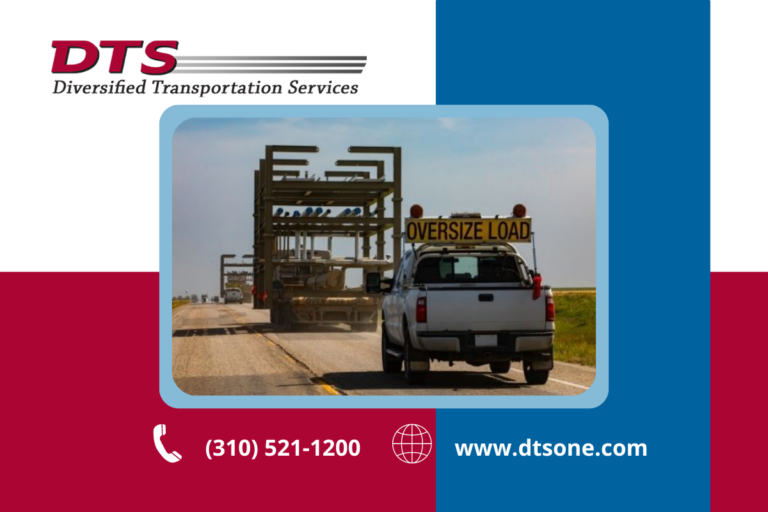
When shipping your goods across the globe, it’s best to stay up to date on all of the requirements for all of the territories in which you operate. This is especially true for oversized and wide loads, which require special accommodations and research to reach their destination. There are many factors that play into shipping your oversized cargo, so taking the time to learn more about the process will make the entire process much easier. Here are several tips and tricks for shipping oversized loads you must keep in mind.
It’s best to have a proper understanding of what makes an oversized or wide load. These phrases are vital to understand as they both play a role in determining if special accommodations are necessary for transport.
All roads and highways in the United States have limitations and requirements for every vehicle using them. Any time the load being transported is beyond these limits, it’s considered an oversized load. The three measurements you must look at are if the cargo is too wide, too tall, or too heavy. If the freight is a single one or some combination of these three, it’s considered a wide load and you must take extra measures when shipping to help ensure everything is protected and will be delivered.
There are three different shipping qualifications based on what measurement is above road limitations:
When considering time, it's crucial to incorporate it as a factor in the transportation of your large freight loads to meet your customers' requirements effectively. Timing is vital since you’re going beyond normal operating rules and preparing for the extra work this will require. It’s also important because you and your client must have the resources necessary to load and unload the shipment at its final destination. Not having the available equipment leads to late fees and other charges are better left unnecessary. If your clients are experiencing delays as a result of an inability to ship products, they may start looking elsewhere for the product if your company can’t make the scheduled delivery times.
Time also dictates the travel conditions. Because of restrictions put in place for how long drivers are allowed on the road, it’s important to factor in this extra time for estimates. Considered that many areas don’t allow oversized vehicles during certain times of the day, usually only allowing driving during the daytime.
Trusting your shipping partners is crucial in the delivery process for larger freight. This is why it’s so important for the shipping companies you use to have a process already in place for oversized, wide, and overweight loads.
Part of being a reliable carrier includes having drivers trained in specialty freight handling, especially oversized and overweight freight. This nimbleness allows you to work with your delivery partner to make modifications on the fly based on current conditions instead of what they were when the order was placed.
Making sure you have all the proper equipment will make the process go by much more smoothly. The tools you need for the job vary by task, but you want to make sure you use the best one for the specific order. There are many different types of trailers for oversized loads, from standard flatbeds to I-beam trailers, that can manage heavy-duty loads. Be sure to research what trailer is necessary for each job.
You’ll need to make use of forklifts and other various warehouse tools for the loading and unloading process. Having employees who are properly trained in how to operate this machinery allows you to manage the process yourself without involving another company. Make use of proper packing and unpacking tools, such as carts, to help move the product around once it reaches the specified location.
Getting all your ducks in a row is crucial before sending any wide or oversized loads out for delivery. Make sure all your permits are in order and that you’ve taken care of any insurance requirements. Though this is normally a job for the carrier, everyone in the process must be comfortable getting the appropriate permits. These are what allow your oversized load to use public roadways.
Similarly, insurance is also a problem you must solve for larger loads. The load’s value generally doesn’t impact the process, but it can change some of the other variables. Many times, carriers are hesitant to provide insurance for freight greater than $1 million. Check with your carriers and insurance providers to verify you have the necessary coverage for wide and oversized loads.
The last of the tips and tricks for shipping oversized loads is: always be prepared for a travel escort for your larger loads. These vehicles drive along with the shipment, alerting other motorists to the size of the freight and allowing them to take their safety precautions. These travel escorts are what you see along our nation’s highways with flashing lights on to alert nearby drivers.
If you’re looking for more information on transporting your oversized and wide loads, Diversified Transportation Services is here to help. We have several decades’ worth of freight transportation services experience and are here to help get your freight where it needs to go.
Whether you're a company looking to improve one facet of your supply chain, your entire supply chain, or simply looking for a transportation and logistics consultation, we can help.